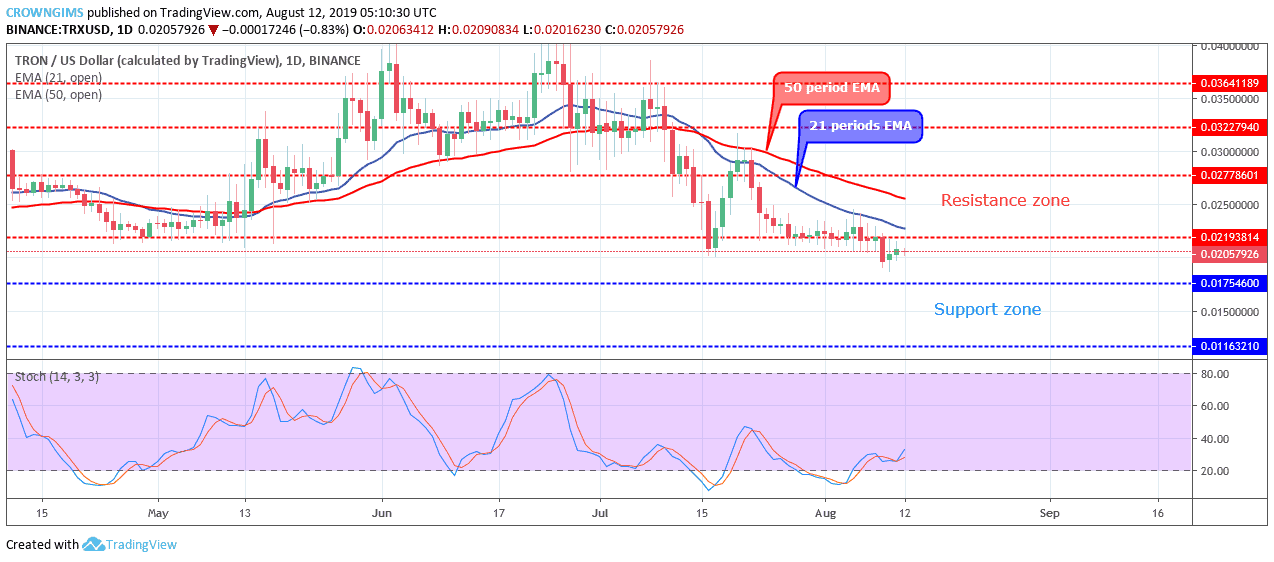Join Our Telegram channel to stay up to date on breaking news coverage
Binance, the largest cryptocurrency exchanges in the world (by adjusted daily trading volume) has had a rough streak with security as of late. However, it would seem that some of its past troubles are still being exploited.
Earlier this month, Clain.io, a crypto capital flow firm, reported that some of the crypto assets that were stolen from Binance are still being moved. In the report, Clain revealed that up to 4,836 BTC were laundered through crypto mixing service Chipmixer.
The tokens in question were gotten from a hack that occurred back in May 2019, when about 7,000 BTC (valued at about $42 million at the time) was stolen in a breach of the exchange’s security. However, in the new report, Clain revealed that hackers only started to launder the stolen funds on June 12.
As the Luxemburg-based company noted, tracing the subsequent steps of the attackers was pretty straightforward, as laundering large volumes of cryptocurrencies discreetly- especially given the short amount of time that the hackers were faced with- was practically impossible.
Thus, the researchers were able to detect the initial pool of addresses belonging to the hackers, while additional investigation allowed them to recognize that the ownership of the assets had changed, thanks to the use of a neural network.
Clain eventually discovered that the stolen funds were directed to Chipmixer, with the transfers accounting for a historically high level of asset inflows. Thanks to these high volumes, Clain hypothesized that any asset coming out from the mixing service would most likely be related to the same owner; the Binance hackers.
The research team further estimated that the total amount of funds located in clusters of funds amounted to over 5,300 BTC. Along with that amount of Bitcoin, another 183 BTC tokens were also identified to belong to the hacker after a laundering attempt, while another 814 BTC are probable hacker funds (depending on the confirmation, once the funds begin to move)
The analysis showed that there wasn’t much evidence to show that the money had been transferred to any crypto exchanges or Bitcoin wallets yet, going to show that the hackers were most likely trying to keep things from hitting the open market.
Bitcoin mixers have actually been in the employ of hackers for some time. Also known as “tumblers,” mixers collect funds from several users, gather them into a source, and create a new set of transactions to keep the assets hidden in the process.
Mixers ideally make money by charging fees to their users, who make their payments in addition to the assets sent. After some time, the users get their cash from a new, anonymous address.
However, even mixers have had a bit of a rough streak. Best mixer, one of the popular mixing services, was shut down in a collaboration between Europol and the Dutch Fiscal Information and Investigation Service (FIOD).
In a press release at the time, Europol claimed that it had been investigating Bestmixer for a year, adding that the mixer was “mixing” funds which had criminal sources or destinations. Europol pointed out that Bestmixer was one of the largest mixing services in the world, helping to mix up to 27,000 BTC and achieving a $200 million turnover rate since it was launched less than two years ago.
Join Our Telegram channel to stay up to date on breaking news coverage


